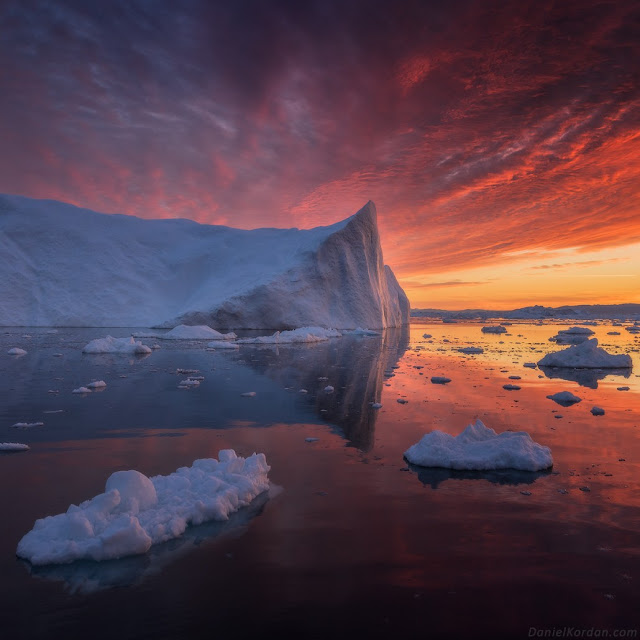Evidence Supporting the Existence of the Last Ice Age
Introduction
The last ice age, also known as the Pleistocene Epoch, is a period of significant global cooling that lasted from about 2.6 million years ago to 11,700 years ago. During this time, large ice sheets covered much of the Earth's surface, and the climate was vastly different from what it is today. The existence of the last ice age is supported by a wide range of evidence, including geological, biological, and atmospheric data.
Geological Evidence
Geological evidence for the last ice age comes from a variety of sources, including:
- Glacial moraines: These are piles of rock and sediment that are left behind by retreating glaciers. By studying the size and distribution of moraines, scientists can get a sense of the extent and movement of the ice sheets during the last ice age.
- Erratics: These are large boulders that were transported by glaciers and deposited far from their source. The presence of erratics in areas that are now ice-free is strong evidence for the existence of the last ice age.
- Lake sediments: Sediments that accumulate in lakes can provide a record of past climate conditions. By analyzing the composition and age of lake sediments, scientists can reconstruct past temperatures, precipitation patterns, and vegetation cover.
Biological Evidence
Biological evidence for the last ice age comes from a variety of sources, including:
- Pollen records: Pollen grains from different types of plants can be preserved in lake sediments and soil. By studying changes in the type and abundance of pollen over time, scientists can reconstruct past vegetation patterns and climate conditions.
- Fossil records: The fossil record provides a record of past plant and animal life. By studying the distribution and timing of different species, scientists can get a sense of how the climate and environment changed during the last ice age.
Atmospheric Evidence
Atmospheric evidence for the last ice age comes from a variety of sources, including:
- Ice cores: Ice cores from Greenland and Antarctica provide a record of past atmospheric composition and temperature. By analyzing the air bubbles trapped in ice, scientists can reconstruct past levels of greenhouse gases such as carbon dioxide and methane.
- Oxygen isotope ratios: The ratio of different isotopes of oxygen in ice cores and marine sediments can provide information about past temperatures and climate conditions.
Conclusion
The evidence supporting the existence of the last ice age is extensive and diverse. By studying this evidence, scientists can gain a better understanding of how the Earth's climate has changed in the past, and how it may change in the future. The last ice age is just one example of how the Earth's climate is constantly evolving, and it serves as a reminder of the importance of studying and understanding the natural systems that shape our planet.



Comments
Post a Comment